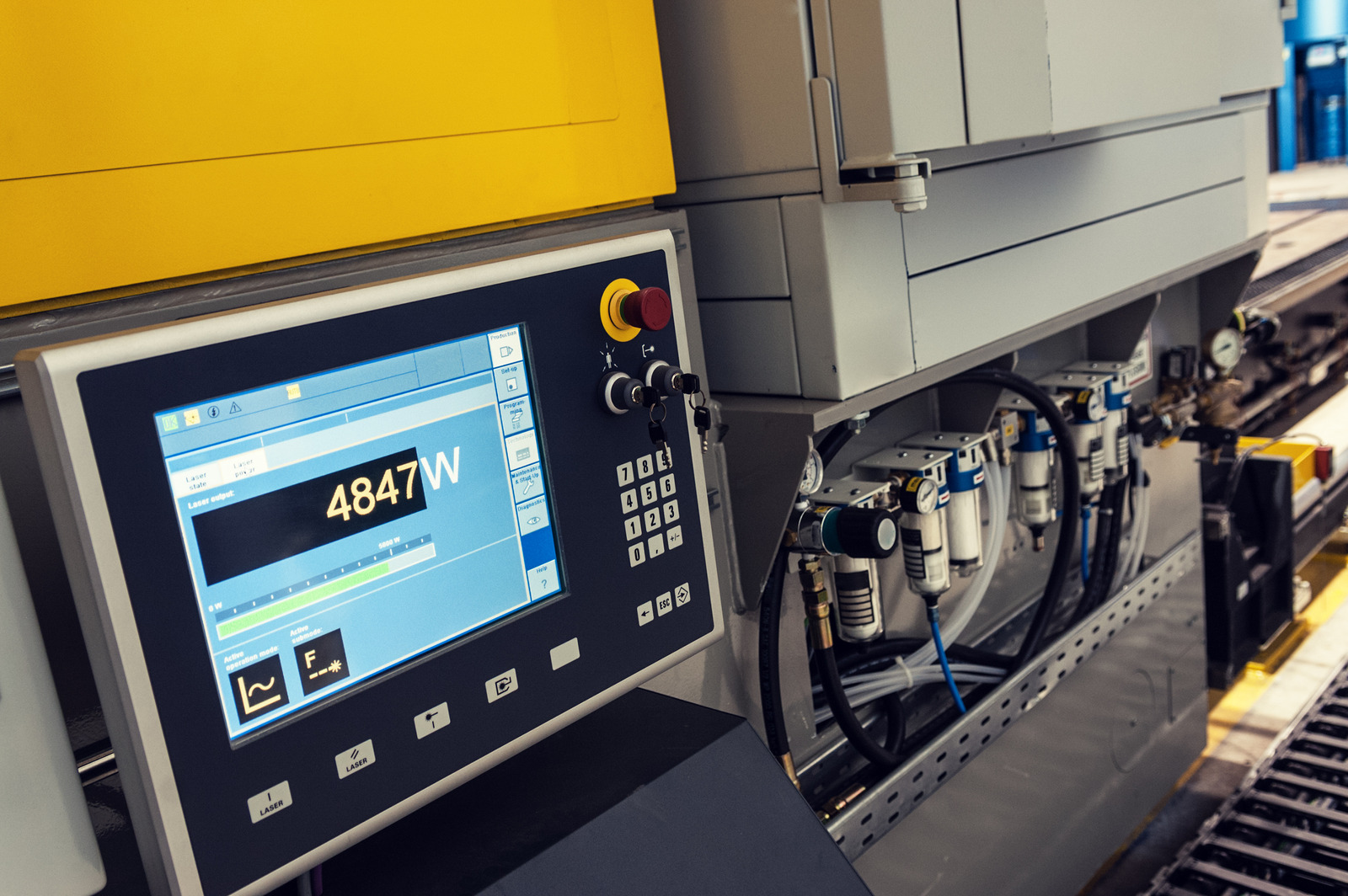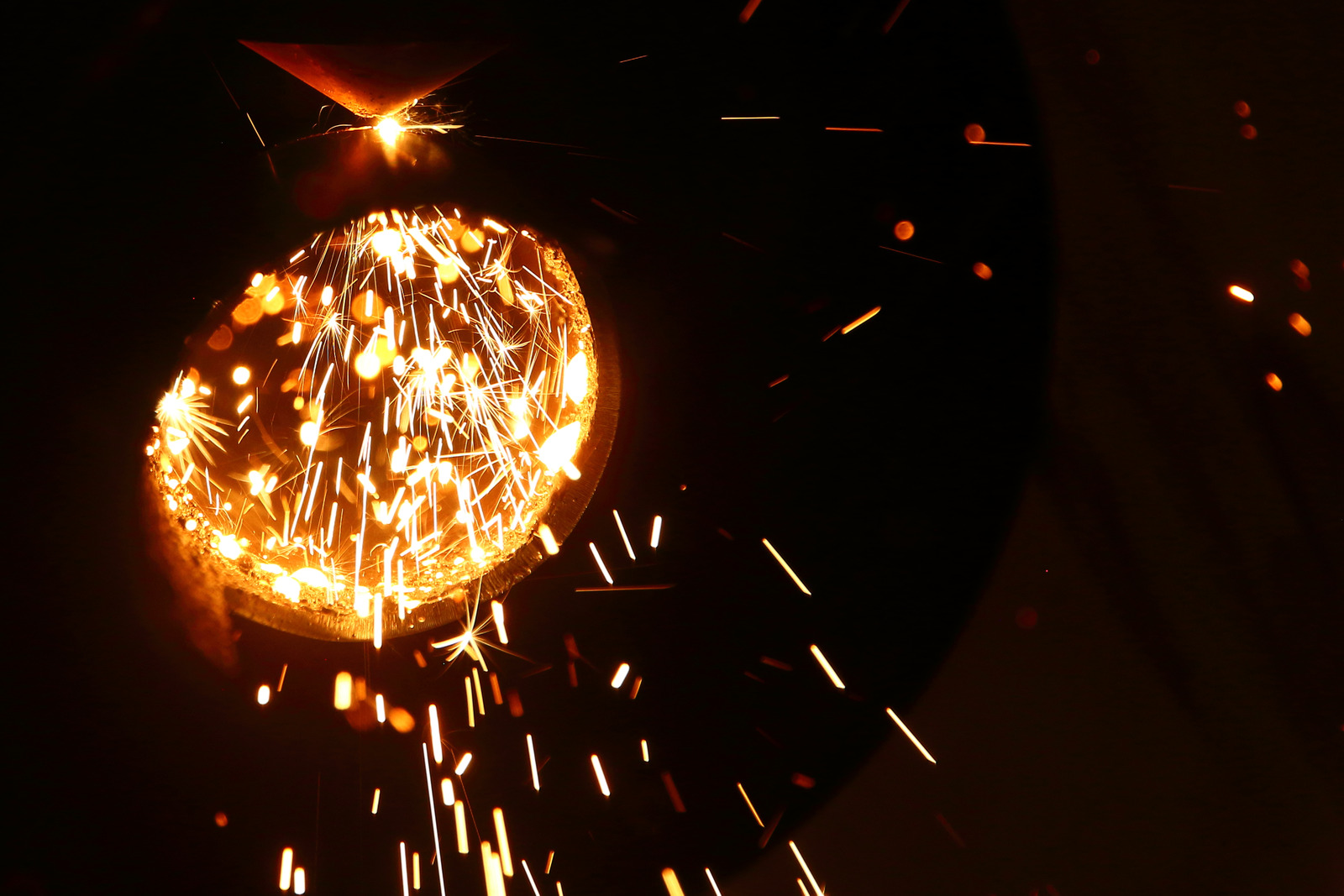Welcome to the world of laser cut jewellery! If you are new to the craft of jewellery making, then laser cutting is an ideal way to produce beautiful, intricate designs with razor-sharp precision. In this introduction to laser cut jewellery, we’ll explore how laser cutters are used to quickly and accurately cut, engrave, and mark metals and other materials, as well as the various techniques and considerations for crafting stunning jewellery pieces. Whether you’re a beginner jewellery maker, a hobbyist, or a professional designer, you’re sure to find laser cutting an easy, rewarding, and efficient technique for creating unique, intricate jewellery designs. So let’s get started!
Getting Started
What materials can be used when laser cutting jewelry?
When it comes to designing and creating jewelry with a laser cutter, the possibilities are endless. The material that you choose to cut and etch with a laser cutter will dictate the different ways in which the jewelry can be designed and shaped. The most common materials that can be used in laser cutting jewelry include acrylic, wood, fabric, leather, and paper.
Acrylic is a type of plastic that is often used when creating jewelry with a laser cutter. Its malleable nature makes it easy to cut and etch, allowing for intricate shapes and designs. Acrylic jewelry designs can range from simple bangles and earrings to more complex pendants, necklaces, and other accessories.
How to design a laser-cut jewelry piece
Designing a laser cut jewelry piece can seem intimidating, but in reality, it’s fairly simple! The best way to start a laser cut jewelry project is to think about what you want to create. Is it a necklace, a bracelet, or something entirely different?
Once you have an idea of what you would like to make, you can start to sketch out your design. Your sketch doesn’t have to be perfect or highly detailed.
Setting up a laser cutter for jewelry
Designing with Laser Cut Jewellery is a great way to add unique and personal touches to any item. The introduction and setup is fairly easy, especially if you already have some experience in the world of jewelry making. There are a few different types of laser cutters that can be used for jewelry, however, the most common type is the CO2 laser cutter.
- Determine your laser cutter’s ideal settings: Configure the laser cutter speed, power, and frequency to achieve the best results for your project. Adjust them based on the specific material being cut and the desired results.
- Prepare your material: Make sure that you’re cutting your material in the right size, as the laser cutter will only be able to accurately cut material that’s large enough to fit the drawing area it’s set up for.
- Prepare your drawing file: Create a vector drawing file in the format of your choice (such as .svg or .dxf). This can be done in any suitable software, such as Adobe Illustrator, Corel Draw, or Free Hand.
- Run a test cut: Once everything is set up and ready to go, it’s important to do a test cut on some scrap material to make sure that the laser cutter can cut the material with the desired results before you start on your project.
- Conduct necessary maintenance: Regular cleaning and maintenance of the laser cutter is a must to ensure the best results. This includes regular dusting and checking if all the electrical connections have tight connections and the temperature settings are right
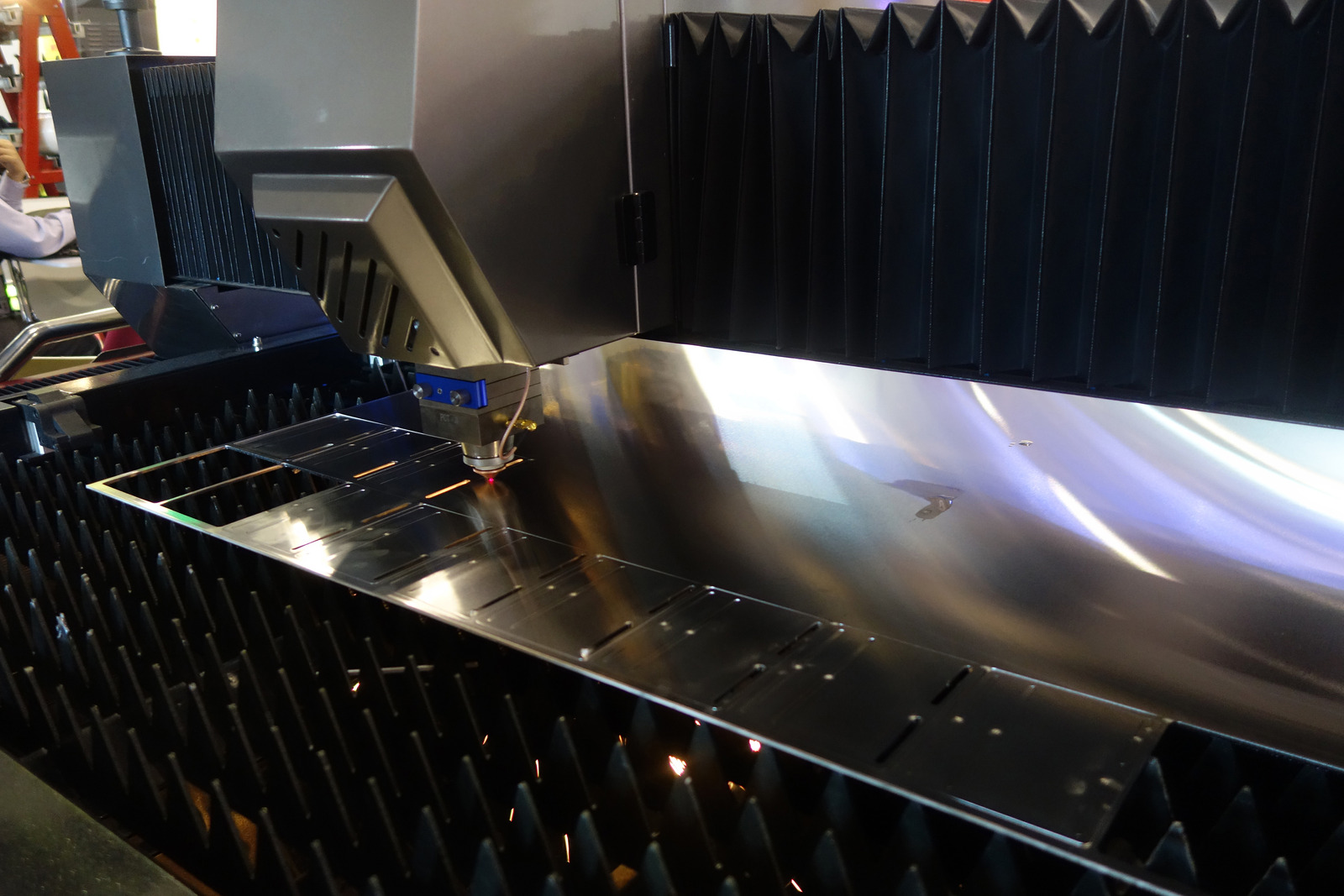
Laser Cutting Technique Considerations
Determining the power, speed and material settings on the laser cutter
When it comes to designing with laser cut jewellery, understanding the power, speed and material settings on the laser cutter is essential. It can be intimidating for first-time laser couture makers to figure out the various settings and how they affect the outcome of the project. In general, the power settings of a laser cutter determine the amount of power it will take to cut the material and will affect the speed and quality of the cut.
Most laser cutters come with adjustable power settings allowing the user to customize its cutting power according to the exact material being used.
Choosing the correct focal length
When it comes to laser cutting jewelry, it’s important to choose the right focal length for your laser cutter. The focal length of a laser cutter determines the size and sharpness of the beam that is created when the laser is active and thus dictates the size and precision of the cut. If you are using a laser cutter to create intricate jewelry designs, you will need a focal length that is precise enough to accurately cut the most intricate of designs.
Focal length is measured in millimeters (mm) and is an important factor in determining the laser’s ability to accurately cut systems.
Finishing the jewelry piece
When it comes to designing and finishing laser cut jewelry, there are a few different techniques to consider. One of the most prominent techniques for finishing laser cut jewelry is polishing. This is often done using a rotary tool like a Dremel, which can polish the surface of the jewelry piece, leaving it with smoother, more even edges.
Another technique is sandblasting. This involves using compressed air to push against the jewelry piece and using either a sandpaper or hand-held sanding tool to create a smoother, more finished look. This technique is great for adding texture and depth to the jewelry piece.
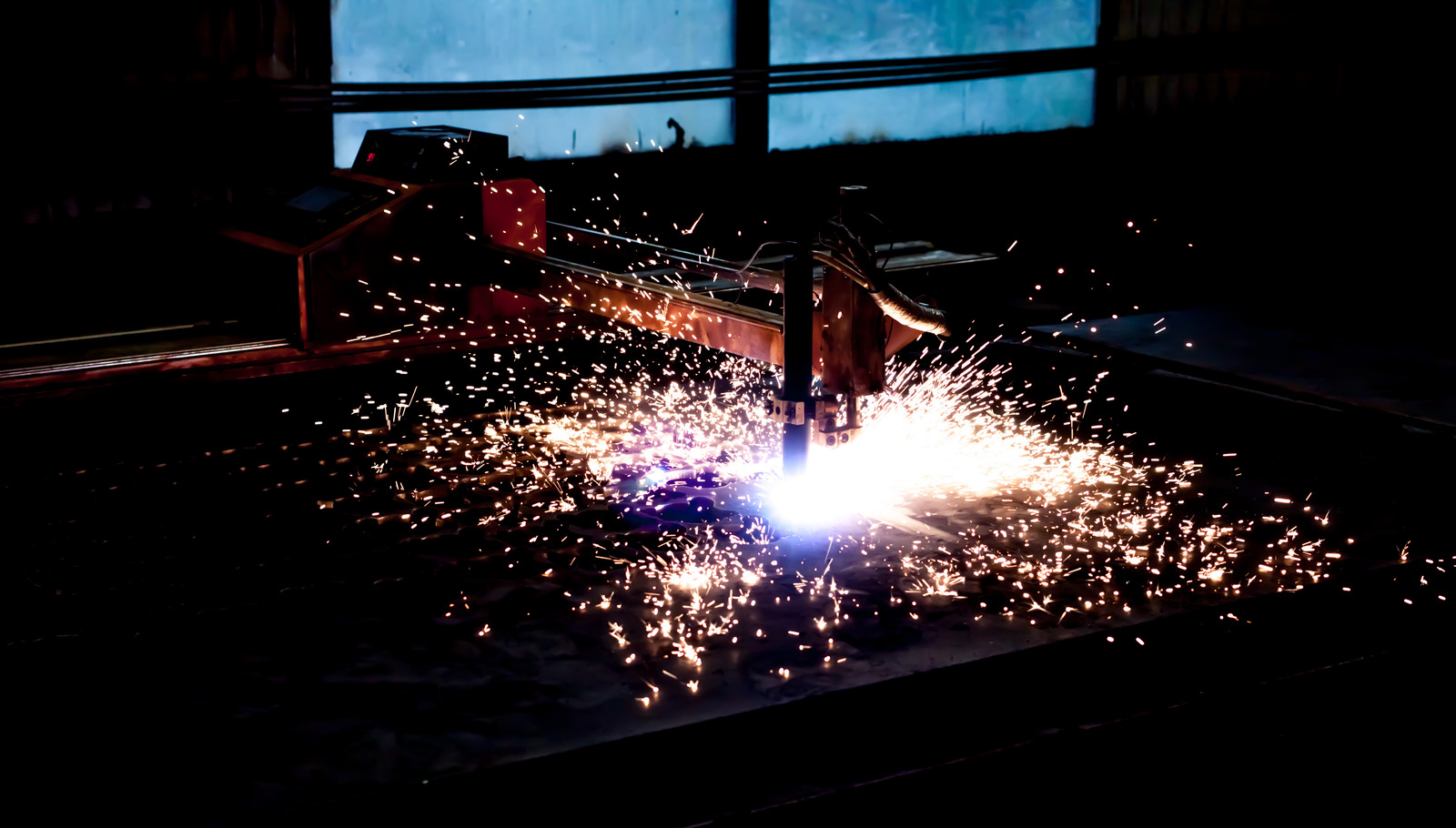
Design Inspiration
Finding inspiration for laser cut jewelry
When you’re designing laser cut jewelry, inspiration can come from anywhere – your own ideas, or something you’ve seen online or in stores. To help get you started with laser cut jewelry designs, try looking at different design elements you can incorporate into your jewelry. Art, architecture and nature are great places to start, as well as everyday items like jewelry from local stores.
Working with geometric shapes and patterns
When it comes to designing with laser cut jewellery, working with geometric shapes and patterns is a great way to add some pizzazz to your pieces. By leveraging the high-precision capabilities of a laser cutter, you can create complex, intricate shapes that would otherwise not be possible to achieve with traditional design methods. Even if you’re a beginner or don’t have a lot of design experience, you can still create some beautiful works of art using repeated geometric patterns.
When it comes to designing with laser cut jewellery, you’ll want to start with a base shape or pattern.
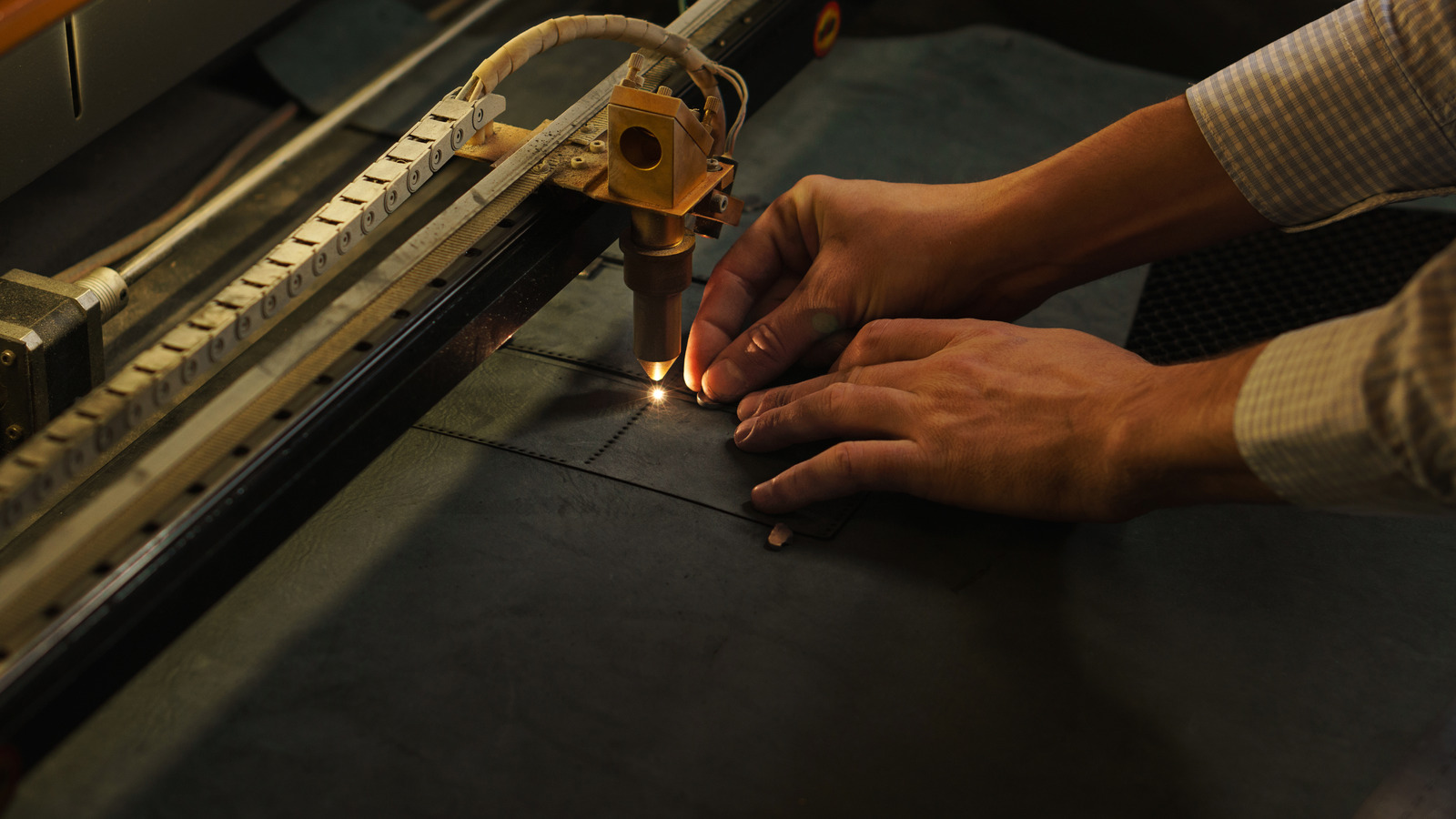
Putting It All Together
Tips for creating laser cut jewelry
When you want to design your own jewelry with a laser cutter, there are a few tips to keep in mind that can help ensure that your project turns out great and that everything fits together correctly. A laser cutter is an incredible tool that can help you create intricate jewelry designs with precision and ease. The first thing to keep in mind is to make sure that you understand the laser cutter you will be using.
Addressing common issues faced when laser cutting jewelry
When it comes to designing with laser cut jewelry, it’s key to understand the common issues that come with using a laser cutter. Laser cutters are powerful tools that can quickly complete complex and intricate cuts, engraving and etching on materials, but they can also be tricky to manage.
Examples of laser-cut jewelry designs
When it comes to jewelry design, laser cutters can provide an incredibly precise and unique level of detail. Laser cutters use a focused and powerful beam of light to cut, burn or engrave materials like paper, fabric, leather and metals. Jewelry designers and crafters can use a laser cutter to create intricate and detailed designs with minimal effort.
How do you describe laser cutting?
Laser cutting is a popular manufacturing technique used to create intricate designs out of materials such as wood, acrylic, fabrics and even jewelry. It involves a laser cutter, which is a machine controlled by computer software that uses a beam of light to precisely cut through material, leaving a clean and accurate edge. Depending on the power of the machine, it can also provide a high degree of engraving or etching on the material.
When it comes to creating stunning laser cut jewelry, the process is quite simple.
Conclusion
Summary of different aspects of laser cutting jewelry
Designing with laser cut jewelry is a creative and satisfying way to give a truly personal touch to jewelry-making. By using a laser cutter and some careful preparation, you can cut intricate shapes and patterns into jewelry pieces that can be used for a variety of fashionable designs. With the versatile tool of a laser cutter, you can also add patterns and motifs to many jewelry pieces, in addition to giving them a unique charm with engraved images.
Benefits of using laser cutters in jewelry design
Using a laser cutter for the design of jewelry can provide a number of great benefits. The precision of the laser means that intricate, detailed designs can be cut with great accuracy, saving time and money. This level of accuracy allows designers to create complex shapes and patterns that are not possible with other methods.
The speed of laser cutting is also beneficial. Laser cutters can make cuts in seconds, which is far quicker than traditional methods.
